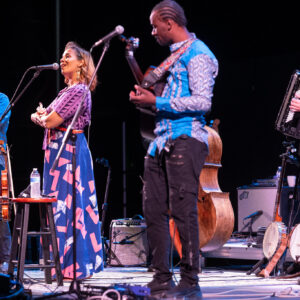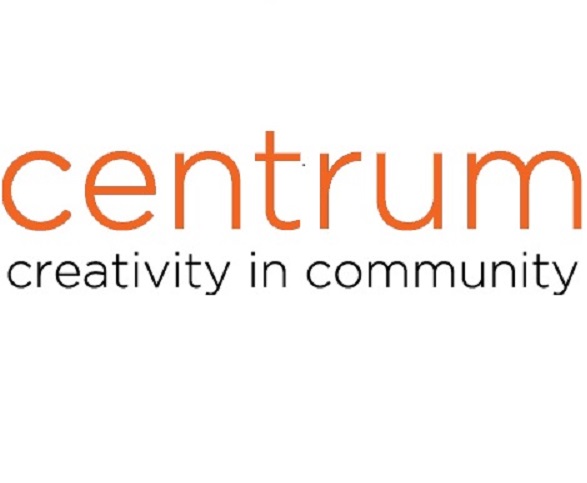
About Red Hot Strings
May 14-18, 2025
Originally called Vintage Jazz in 2016, we upped the temperature in 2019 and renamed this fiery offering Red Hot Strings. Come celebrate the Jazz Age string players, those who were the entertainers of the 1920s and ‘30s, playing ragtime, blues, and popular music with us at this dynamic workshop.
We cover a lot whether it’s Hot Jazz and 1930s Swing; the string-related sub-genres of Western Swing, Hawaiian Swing; and even the jazzier jug bands of the American South. All of the musical traditions of ragtime, blues, classical, and Creole had a hand in the development of the harmonically and rhythmically compelling vocabulary of jazz, and stringed instruments were in the mix from the very beginning.
Five days and four nights combined with seemingly endless music with like minds at Fort Worden is a memory we hope you keep forever in your repertoire of learning experiences.
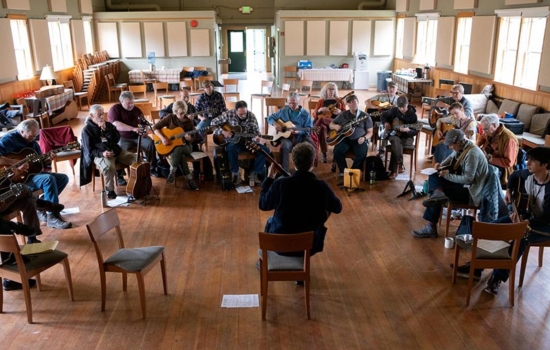
Registration Opens January 1, 2025
Red Hot Strings Facts
- Director: Matt Munisteri
- Established in 2016
- Musical traditions of hot jazz, swing, ragtime, blues, classical, and Creole
- Instrumentation: guitar, 5-string banjo, mandolin, violin, steel guitar and upright bass
Experience Red Hot Strings
ARTISTIC DIRECTOR
Matt Munisteri
Matt Munisteri is a critically acclaimed guitarist, singer, and songwriter known for his mastery of American roots music, jazz, and blues. As Artistic Director of the Red Hot Strings program, Matt brings together leading string players from various genres to offer a broad exploration of string music. His teaching focuses on the fusion of traditional forms with innovative playing techniques, encouraging students to push musical boundaries.
Workshops
In-person instruction ranges from Hot Jazz to Western Swing, Rags to Beguines, for guitar, banjo, mandolin, violin, steel guitar, and upright bass. Some classes are available for online audit. There is no audition to register.
You have your choice of four daily one-hour class sessions on Thursday and Friday,
2024 Class Descriptions
Although it's often just talked about as "four to the bar", we'll talk about the subtitles of time-feel and rhythmic variations that will make those quarter notes actually swing, using the examples of Freddie Green (Count Basie), Allan Reuss (Benny Goodman) and John Trueheart (Chick Webb). We'll cover the right voicings for the job, especially in how to choose the right voicings for a given size/style of band, and we will learn to expand simple changes with walking inversions, passing chords/substitutions, and walking inner voices (and also when not to). Basics, tricks and variations on what every swing guitar player actually spends 90% of their time doing.
We'll cover the voicings and vocabulary of the largely forgotten and mysterious Swing- Era chord-melody intros, solos and breaks. Using examples ala John Trueheart, Carmen Mastren and Dick McDonough, we'll start with some "bread and butter" chord- melody basics, before adding some hipper and more complex tricks ala George Van Eps, and then finally concentrating on secrets behind the "Swashbuckling" super- swinging (yet super economical) style of Allan Reuss.
1) Hot Fingers - The Hot Guitar of Lonnie Johnson
Born in New Orleans, Louisiana in 1899, guitarist, violinist and vocalist Lonnie Johnson grew up in a musical family and went on to become one of the most popular recording artists of the 1920's. He toured and recorded with countless early blues and jazz legends, like Bessie Smith and Duke Ellington. Johnson pioneered the guitar solo, influencing countless others who came after. In this class we'll be learning a few of Lonnie's solos direct from the recordings that brought him worldwide acclaim, and changed the role of the guitar forever.
2) Hotter Than That - The Early Music Of Louis Armstrong
If one person could encapsulate all the goodness and brilliance of New Orleans music and culture, it’d be one Pops Louis Armstrong. Born and raised in the birthplace of America’s best music, Louis ascended from poverty and hard luck to international stardom and becoming a household name and beloved personality everywhere. In this class we’ll be focusing on his genius trumpet solos from the Hot Fives and Sevens recordings of the 1920’s.
Tuition
Centrum has a variety of ways to be able to attend our workshops even if you’re on a budget. If you need financial assistance, Centrum has a robust scholarship program awarded on a first-come, first-served; and as-needed basis.
Costs
- Tuition: $475 (non-refundable deposit to hold your place $100)
- Tuition Under-18: $375 (non-refundable deposit to hold your place $100)
- Room & board: $510
- Meals only: $240
- Airport shuttle (optional): $120 round trip or $60 one way
Workshop tuition includes admission to everything including great seats at the public performance. Your meal ticket is good for three meals per day starting with dinner May 15 ending with breakfast on May 19th.
To get the best musical community experience, we encourage you to stay in either a quiet dorm room in Building 225, or a jam dorm room for those who wish to keep the music going. Both options have private rooms and shared bathrooms. All rooms come with linens, blankets, and towels, but you should plan on bringing soap and personal toiletry items.
FAQ
Scholarships
Apply online as you register. Please note that except in rare cases, scholarships are available for tuition only. Centrum requires a $50 deposit of scholarship applicants, which is fully refundable before April 5, 2024 if you are unable to attend. If you are interested in volunteering, or a work trade position, please contact Mary Hilts at mhilts@centrum.org.Cancellation/Refund Policy
Full payment is due by April 5, 2024. If your full payment is not made by April 5, 2024, your registration will be canceled; $100 of your deposit is nonrefundable.
Any fee that includes a room: no refunds available after April 5, 2024.
Meals
If you have purchased a meal plan, meals are served at Fort Worden Commons. The first meal is dinner on Wednesday, May 15; the last meal is breakfast on Sunday, May 19, 2024.
Red Hot Strings shuttle schedule:
Arrive – Wednesday, May 15, 2024, pick-up at SeaTac airport, 2:00pm, Pacific Time.
Depart – Sunday, May 19, 2024, depart Centrum at Port Townsend, 9:00am sharp, Pacific Time.
If we haven’t answered all of the questions you may have, please contact Mary Hilts at 360-385-3102, x116, or mhilts@centrum (dot) org.
Newcomers
There is no age or skill restriction however, to get the most out of the intensive, one should be familiar with your instrument and be able to move about at a good clip.
Workshops are created for guitar, banjo, mandolin, violin, steel guitar, and upright bass players.
Kids & Teens
Most of our workshops are family events, and we welcome musicians of all ages and abilities to participate. Our programming has annually evolved to meet the needs of very young musicians, and we devote considerable resources to this end.
Info for Parents of Under-18 Participants
If under 18 and participating in the workshop, a parent or guardian over 21 years old must register and accompany the minor. If the parent or guardian is not participating in the workshop, there is a registration type for guardian with no cost. However, if the minor is staying on campus in the dorm, the parent or guardian will need to also stay on campus in the dorm, and there are costs associated with those accommodations.
Schedule
You have your choice of four daily one-hour class sessions on Thursday and Friday, and then two on Saturday. Ensembles practice in the late afternoons. In the evenings, artist faculty present special topics and performances. Toward or on the weekend, ensembles perform, and on Saturday evening, artist faculty present a public performance. Playing music together happens in between everything else, sometimes replacing sleep.
Here is how you’ll spend your time:
Wednesday, May 15
4–5:30pm – Check-in, Centrum office
6–7:30pm – Dinner
7:30pm – Orientation in Wheeler Theater, followed by sign-up for ensembles in Building 204
Thursday & Friday, May 16-17
Four one-hour class sessions
Thursday–Saturday, May 16-18
Faculty-led ensembles
Saturday, May 18
Two one-hour class sessions
Artist faculty public performance
Every evening
Faculty presentations and jam sessions,
PERFORMANCES
Red Hot Strings Events
No events found
|
- - - |
- - - |
- - - |
- - - |
- - - |
- - - |
- - - |
|
DN_T |
DN_T |
DN_T |
DN_T |
DN_T |
DN_T |
DN_T |
|
DN_T |
DN_T |
DN_T |
DN_T |
DN_T |
DN_T |
DN_T |
|
DN_T |
DN_T |
DN_T |
DN_T |
DN_T |
DN_T |
DN_T |
|
DN_T |
DN_T |
DN_T |
DN_T |
DN_T |
DN_T |
DN_T |
|
DN_T |
DN_T |
DN_T |
DN_T |
DN_T |
DN_T |
DN_T |
|
DN_T |
DN_T |
DN_T |
DN_T |
DN_T |
DN_T |
DN_T |
|
|
||||||
|
- - - |
- - - |
- - - |
- - - |
- - - |
- - - |
- - - |
|
DN_T |
DN_T |
DN_T |
DN_T |
DN_T |
DN_T |
DN_T |
|
|
||||||
You have no events for this day
You have no events for this month
You have no events for this month
No mapped events found in this timeline
Red Hot Strings Gallery
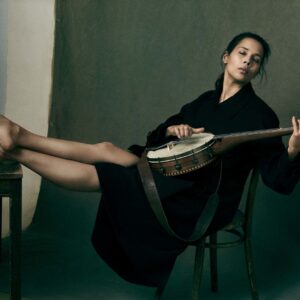
Rhiannon Giddens releases timely recording of “SWANNANOA TUNNEL/STEEL-DRIVING MAN”
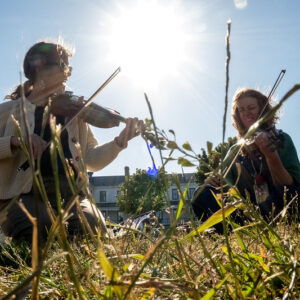
SHINE YOUR LIGHT: A YEAR END GIVING CAMPAIGN FOR CENTRUM
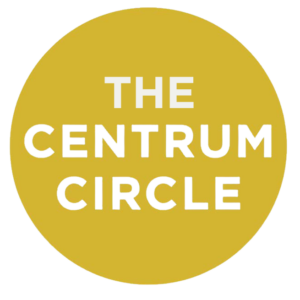
Join the Centrum Circle!

Introducing our 2024 Emerging Artist Residents
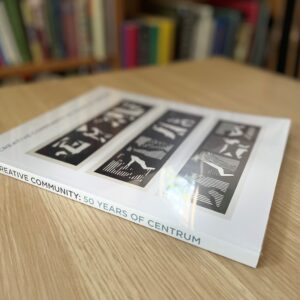
Centrum’s 50th Anniversary Book Now on Sale
